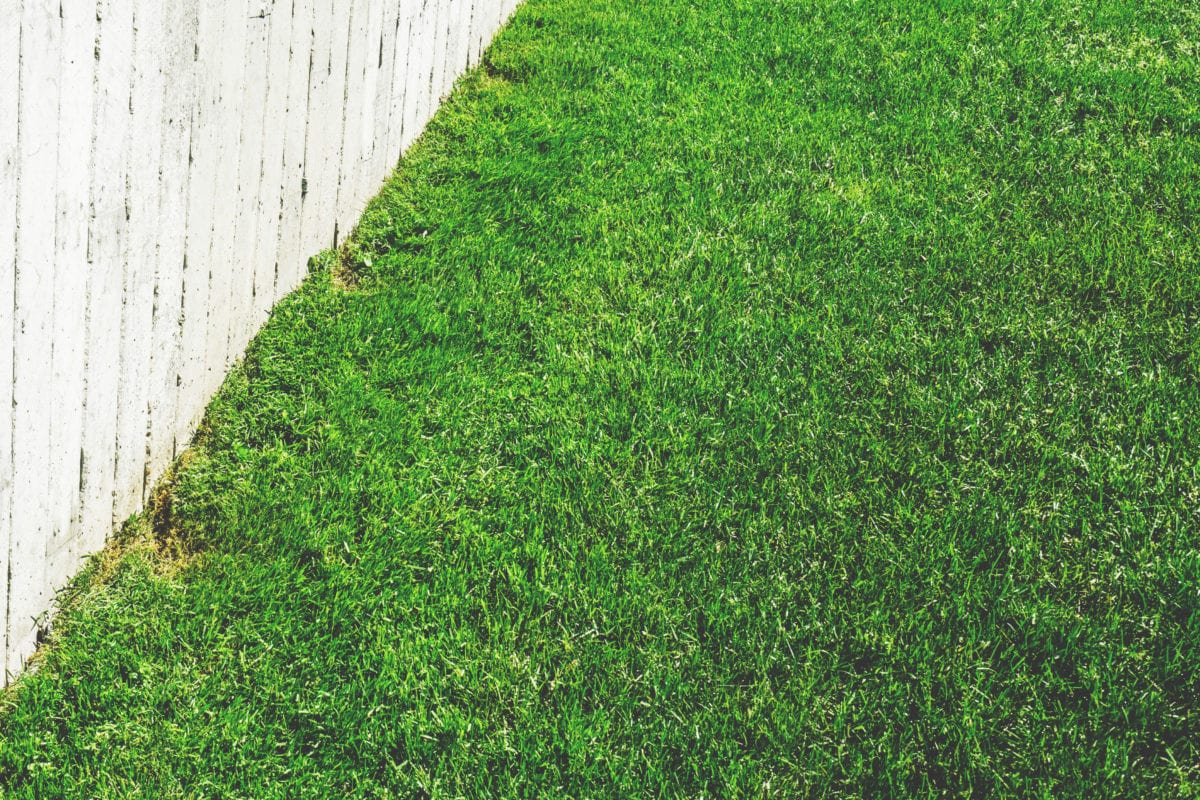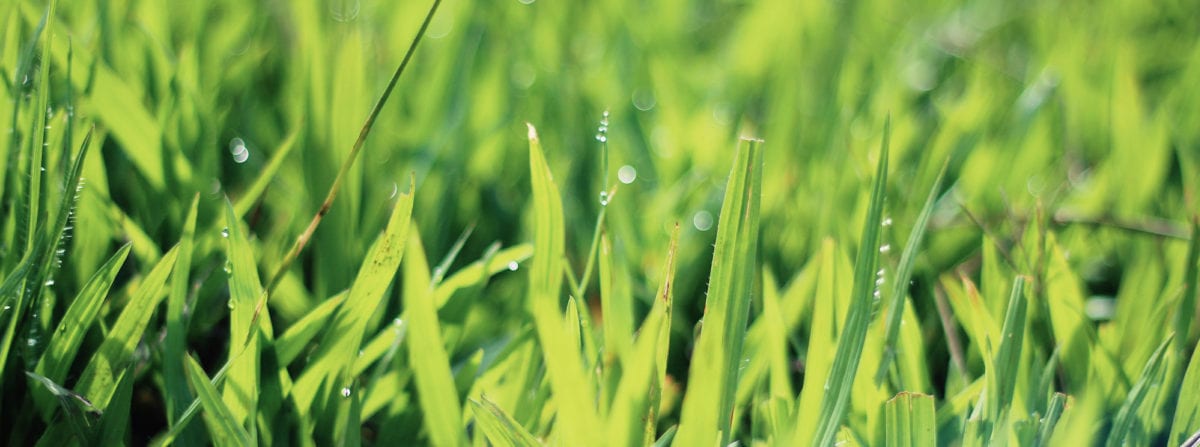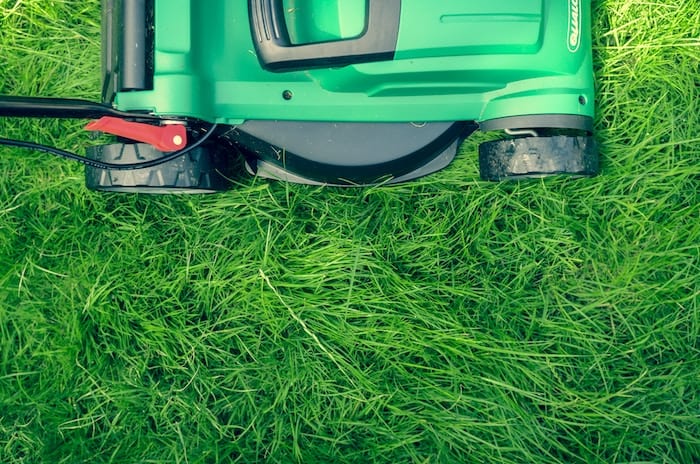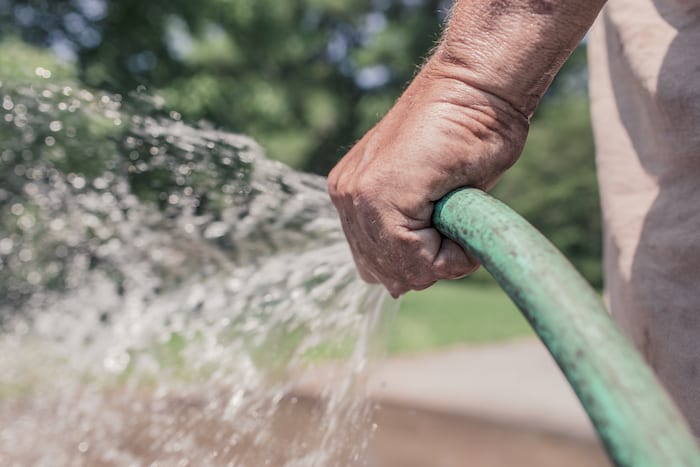Looking for the best advice on selecting lawn turf and determining the right lawn care routine? Here is a basic guide for Sydney.
Basic guide in choosing lawn care for Sydney homes
Start off on the right foot by actually choosing a lawn that suits your Sydney home. Choosing your lawn is not just a matter of selecting a style that looks and feels good. There are a number of considerations you need to make so you can choose a variety that will do well in Sydney.
- Turf selection should be based on the hours of sunlight your lawn receives and Sydney temperatures and climate.
- You should choose a variety based on expected wear and tear (i.e. will there be lots of foot traffic from people or family pets?).
- You should consider whether you’d prefer a low maintenance lawn as opposed to a low cost lawn.
- If you’re located somewhere by the water like Manly or the Northern Beaches, you should consider a variety that tolerates salt well.
- The size of your lawn plays a factor too; small urban gardens in Sydney often get a lot of shade and are surrounded by pavers (which grass can spread into, i.e. ‘lawn invasion’).
Tip: Lawn Solutions Australia have a handy online lawn selector as a starting point for deciding on which lawn to grow in Sydney and surrounds, but as there are hundreds of varieties available, we recommend getting a local lawn professional to help you choose your grass.

Source: The Telegraph
Lawn care in Sydney
Sydney’s temperate climate with mild winters and sunny days calls for a considerate maintenance approach. Here’s a basic guide on what maintenance tasks to do when.
Fertilising
Regardless of your location, fertilising should be avoided in periods of hotter weather. Fertilising can actually cause a lot of stress to your lawn, and it’s important that after fertilising, you give your lawn a good watering so it doesn’t burn. In Sydney, it’s recommended that fertilising be avoided from January to March (Sydney Lawn and Turf).
Weed spraying
As for most areas, it’s recommended that weed spraying be undertaken in the cooler months. Sydney Lawn and Turf recommend weed control being done from May to September. In the warmer months, you’ll probably find that faster grass growth and thatching is enough to keep weeds at bay anyway.
Top dressing
Top dressing your lawn should only be done in the ‘growing’ season. i.e. when you need to mow it weekly (Lawn Solutions Australia). In Sydney, the best time for top dressing is Spring, so September to November is perfect (Sydney Lawn and Turf).
 Source: Flickr
Source: Flickr
Watering your lawn in Sydney
Sydney’s Water Wise Rules have specific guidelines about how and when you can water your lawn. If you’re using Sydney Water provided water, to establish a new lawn, you are allowed to use a sprinkler at any time of the day for 14 days after you’ve laid new turf. After that, you can use a hose fitted with a trigger nozzle, or a sprinkler or irrigation system either before 10am, or after 4pm, on any day of the week. If needed, you can also use a bucket or watering can to water your lawn at any time (but that could get tedious!). The alternative to using Sydney Water is having your own rainwater tank, at which you can use to water your lawn at any time.

Source: Public Domain Pictures
We have some great lawn maintenance tips for summer that your lawn will appreciate.






